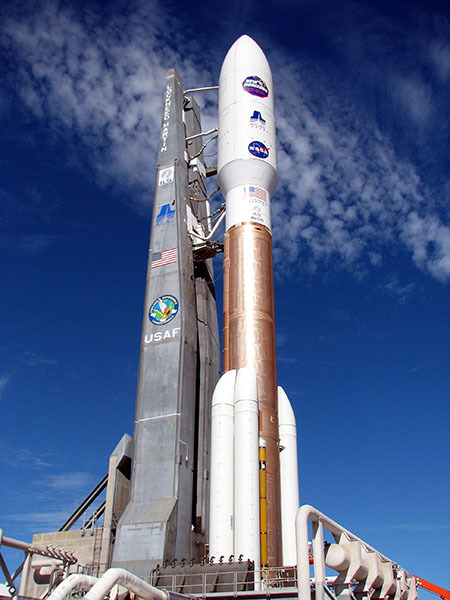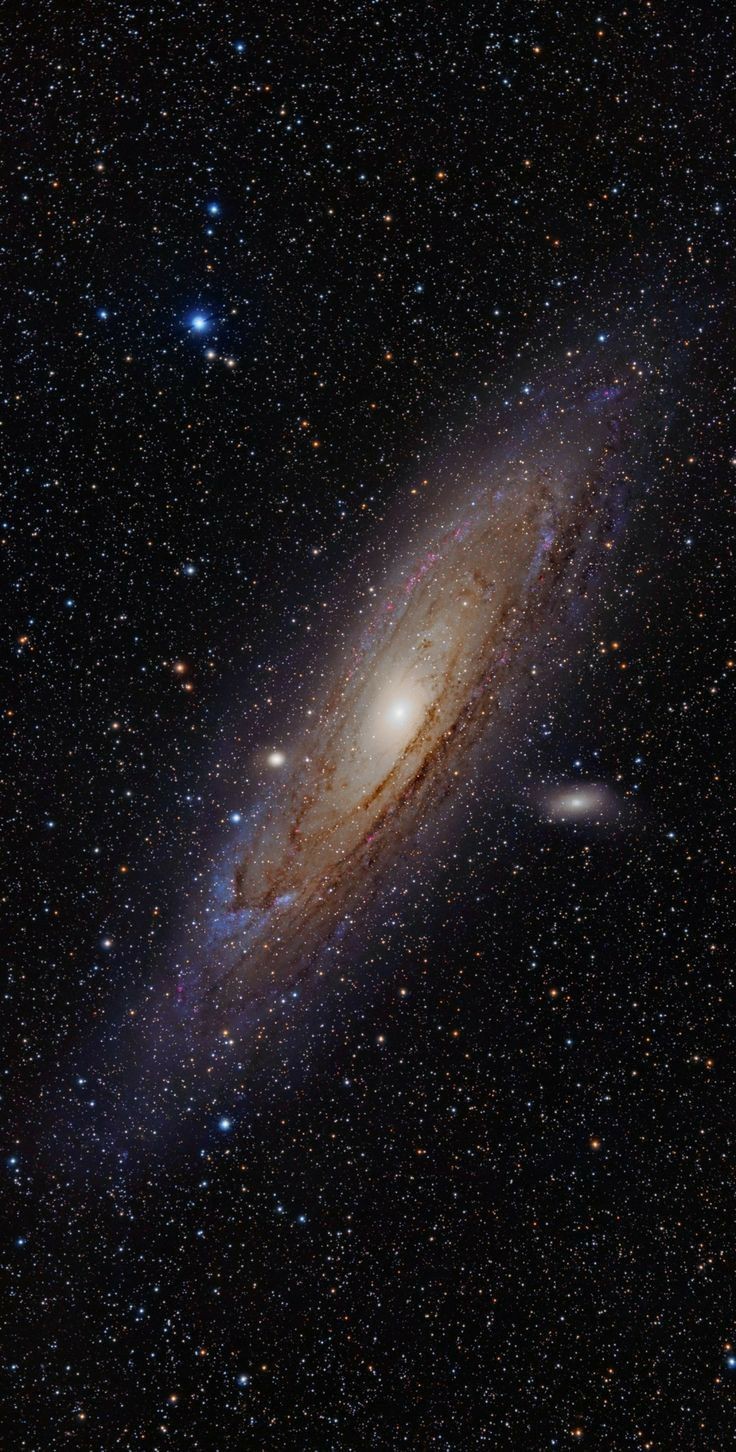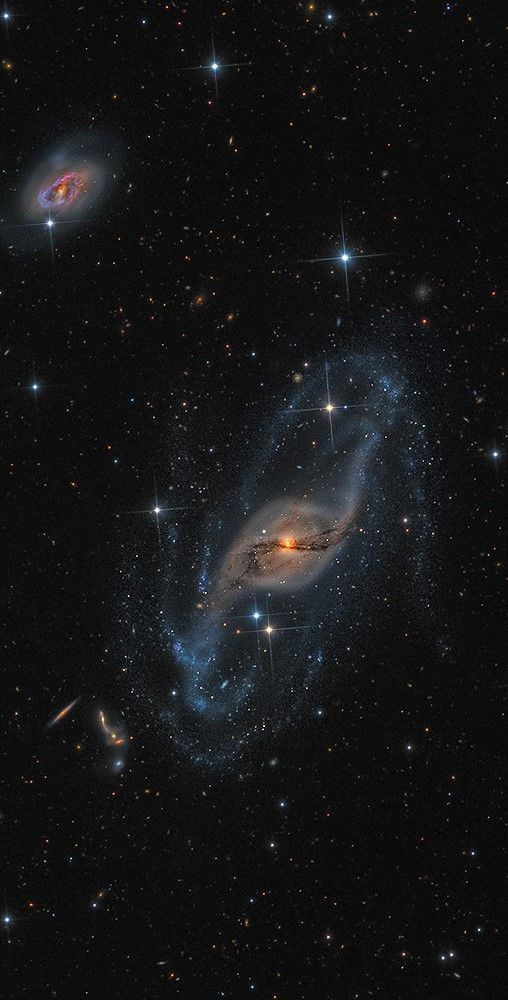Ad-astra-affecte-spe - Reach For The Stars With Hope
More Posts from Ad-astra-affecte-spe and Others

The monsters that live on the Sun are not like us. They are larger than the Earth and made of gas hotter than in any teapot. They have no eyes, but at times, many tentacles. They float. Usually, they slowly change shape and just fade back onto the Sun over about a month. Sometimes, though, they suddenly explode and unleash energetic particles into the Solar System that can attack the Earth. Pictured is a huge solar prominence imaged almost two weeks ago in the light of hydrogen. Captured by a small telescope in Gilbert, Arizona, USA, the monsteresque plume of gas was held aloft by the ever-present but ever-changing magnetic field near the surface of the Sun. Our active Sun continues to show an unusually high number of prominences, filaments, sunspots, and large active regions as solar maximum approaches in 2025.


Saturn has a mysterious hexagon at its north pole that has refused to give up its secrets, probably because neither Voyager 1 nor Cassini was able to plunge that deep and survive. Harvard scientists Rakesh Yadav and Jeremy Bloxham might have finally started to figure out what causes this peculiar feature. They believe that vortexes occur at the planet’s north pole because of atmospheric flows deep within the gas giant, and that these vortexes pinch an intense horizontal jet near the equator—which is what warps the storm into a hexagon. It still looks unnatural though.....!!!

Gamma Cas & Ghost Nebula © Antoine Grelin







New Horizons – Scientist of the Day
The New Horizons spacecraft, bound for Pluto, blasted off its launch pad aboard an Atlas V rocket on Jan. 19, 2006.
read more...

The four giant planets of our Solar System, as seen by NASA's James Webb Telescope.

Into the Cosmic Heart, IC 1850 © Aleix Roig

Sh2-136, Ghosts of the Cosmos





Cosmic Delights and Distant Discoveries Unfold in ‘Astronomy Photographer of the Year 15’
-
 olderthenyoungerthanthatnow liked this · 9 months ago
olderthenyoungerthanthatnow liked this · 9 months ago -
 silvergrain-in-the-dark liked this · 9 months ago
silvergrain-in-the-dark liked this · 9 months ago -
 raggedybatman liked this · 1 year ago
raggedybatman liked this · 1 year ago -
 vialeoctea reblogged this · 1 year ago
vialeoctea reblogged this · 1 year ago -
 vaguelyhumanshap3d liked this · 1 year ago
vaguelyhumanshap3d liked this · 1 year ago -
 hrtalegre liked this · 1 year ago
hrtalegre liked this · 1 year ago -
 barracuda677 liked this · 1 year ago
barracuda677 liked this · 1 year ago -
 combatpuff liked this · 1 year ago
combatpuff liked this · 1 year ago -
 zoneboy4life liked this · 1 year ago
zoneboy4life liked this · 1 year ago -
 kadusstuff reblogged this · 1 year ago
kadusstuff reblogged this · 1 year ago -
 kadusstuff liked this · 1 year ago
kadusstuff liked this · 1 year ago -
 ricksanchezbrow liked this · 1 year ago
ricksanchezbrow liked this · 1 year ago -
 damoclesswordd reblogged this · 1 year ago
damoclesswordd reblogged this · 1 year ago -
 damoclesswordd liked this · 1 year ago
damoclesswordd liked this · 1 year ago -
 glitterybatcalzonepersona reblogged this · 1 year ago
glitterybatcalzonepersona reblogged this · 1 year ago -
 glitterybatcalzonepersona liked this · 1 year ago
glitterybatcalzonepersona liked this · 1 year ago -
 next-planets reblogged this · 1 year ago
next-planets reblogged this · 1 year ago -
 next-planets liked this · 1 year ago
next-planets liked this · 1 year ago -
 anaaca liked this · 1 year ago
anaaca liked this · 1 year ago -
 mp-64 liked this · 1 year ago
mp-64 liked this · 1 year ago -
 riekiesblog liked this · 1 year ago
riekiesblog liked this · 1 year ago -
 kazumille liked this · 1 year ago
kazumille liked this · 1 year ago -
 steveoh556 liked this · 1 year ago
steveoh556 liked this · 1 year ago -
 amadmanoramartyr reblogged this · 1 year ago
amadmanoramartyr reblogged this · 1 year ago -
 ad-astra-affecte-spe reblogged this · 1 year ago
ad-astra-affecte-spe reblogged this · 1 year ago -
 irunchikirishechka liked this · 1 year ago
irunchikirishechka liked this · 1 year ago -
 spayki liked this · 1 year ago
spayki liked this · 1 year ago -
 kazhetsya-vy1 liked this · 1 year ago
kazhetsya-vy1 liked this · 1 year ago -
 spacetimewithstuartgary reblogged this · 1 year ago
spacetimewithstuartgary reblogged this · 1 year ago -
 spacetimewithstuartgary liked this · 1 year ago
spacetimewithstuartgary liked this · 1 year ago -
 andrewtylo liked this · 1 year ago
andrewtylo liked this · 1 year ago -
 stefany reblogged this · 1 year ago
stefany reblogged this · 1 year ago -
 loudisfun reblogged this · 1 year ago
loudisfun reblogged this · 1 year ago -
 loudisfun liked this · 1 year ago
loudisfun liked this · 1 year ago -
 willystone liked this · 1 year ago
willystone liked this · 1 year ago -
 weepingcollectiveface liked this · 1 year ago
weepingcollectiveface liked this · 1 year ago -
 craigshousedesignideas reblogged this · 1 year ago
craigshousedesignideas reblogged this · 1 year ago -
 manuel82 liked this · 1 year ago
manuel82 liked this · 1 year ago -
 the-yearning-astronaut reblogged this · 1 year ago
the-yearning-astronaut reblogged this · 1 year ago -
 cronostitan liked this · 1 year ago
cronostitan liked this · 1 year ago -
 andromeda1023 reblogged this · 1 year ago
andromeda1023 reblogged this · 1 year ago -
 andromeda1023 liked this · 1 year ago
andromeda1023 liked this · 1 year ago -
 antoniolabsblog liked this · 1 year ago
antoniolabsblog liked this · 1 year ago -
 ironkowboy liked this · 1 year ago
ironkowboy liked this · 1 year ago

★•Astronomy, Physics, and Aerospace•★ Original and Reblogged Content curated by a NASA Solar System Ambassador
204 posts
